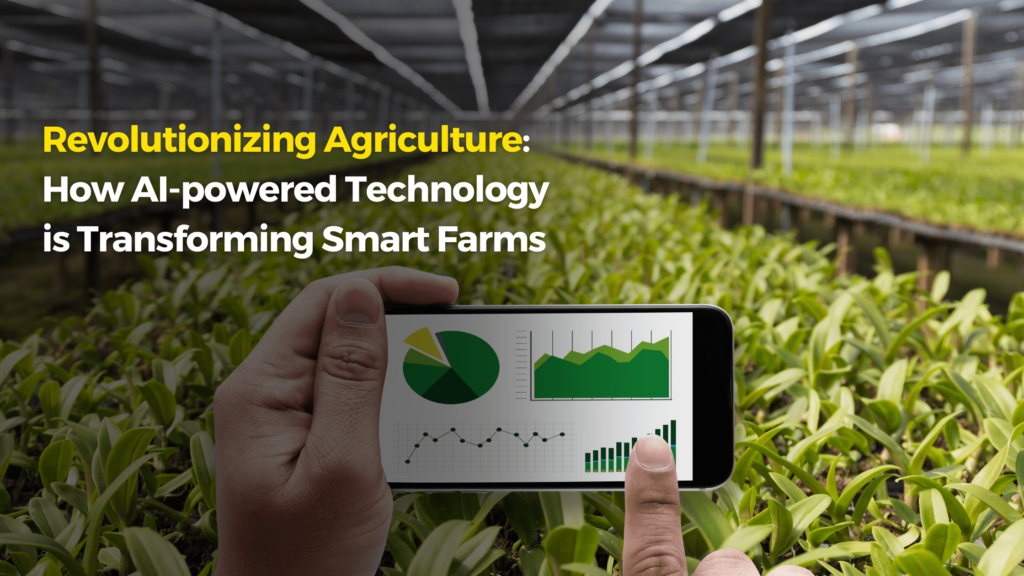Farming has come a long way from traditional plows and manual labor. Today, agriculture is undergoing a massive transformation thanks to cutting-edge technologies. These innovations are helping farmers increase productivity, reduce waste, and grow more food sustainably.
In this article, we’ll explore the top 7 agricultural technologies revolutionizing farming—tools and systems that are making agriculture smarter, more efficient, and more environmentally friendly.

1. Precision Agriculture (Smart Farming)
Precision agriculture uses GPS, sensors, and data analytics to optimize farming practices. Instead of treating entire fields the same way, farmers can now monitor soil conditions, moisture levels, and crop health in real time.
- Drones and satellites provide aerial images to detect pest infestations or water stress.
- Variable-rate technology (VRT) ensures fertilizers and pesticides are applied only where needed.
- Automated tractors and harvesters reduce labor costs and improve efficiency.
This technology helps farmers save resources, cut costs, and boost yields while minimizing environmental impact.
2. Vertical Farming
With shrinking farmland and growing populations, vertical farming offers a sustainable solution. Instead of planting crops in fields, farmers grow them in stacked layers indoors, often in urban areas.
- LED lighting provides the exact spectrum of light plants need.
- Hydroponics and aeroponics allow crops to grow without soil, using nutrient-rich water or mist.
- Climate control systems maintain ideal temperature and humidity.
Vertical farming uses 95% less water than traditional farming and can produce crops year-round, making it ideal for cities.
3. Agricultural Drones
Drones are no longer just for photography—they’re revolutionizing farming. Equipped with cameras and sensors, drones help farmers monitor crops, spray pesticides, and even plant seeds.
- Multispectral imaging detects diseases, nutrient deficiencies, and irrigation issues.
- Spray drones can cover large fields quickly, reducing chemical usage.
- Mapping software creates 3D models of fields for better planning.
Drones save time, reduce labor costs, and improve crop health by providing precise data.

4. Artificial Intelligence (AI) and Machine Learning
AI is transforming agriculture by analyzing vast amounts of data to make better decisions. Machine learning algorithms predict weather patterns, detect diseases, and optimize irrigation.
- AI-powered robots can harvest fruits and vegetables with precision.
- Predictive analytics forecast crop yields and market prices.
- Chatbots and apps provide farmers with instant advice on pest control and soil health.
With AI, farmers can reduce guesswork and maximize efficiency.
5. Internet of Things (IoT) in Farming
The Internet of Things (IoT) connects farming equipment, sensors, and devices to collect and share data. Smart sensors track soil moisture, temperature, and livestock health in real time.
- Smart irrigation systems water crops only when needed, saving water.
- Livestock wearables monitor animal health and track movements.
- Automated greenhouses adjust lighting and ventilation based on sensor data.
IoT helps farmers monitor operations remotely and make data-driven decisions.
6. CRISPR and Genetic Editing
Genetic engineering is taking farming to the next level. CRISPR technology allows scientists to edit plant DNA to improve traits like drought resistance, pest resistance, and nutritional value.
- Disease-resistant crops reduce the need for pesticides.
- Higher-yielding varieties help combat food shortages.
- Biofortified crops (like vitamin-enriched rice) improve nutrition.
While controversial, CRISPR has the potential to make farming more sustainable and productive.
7. Blockchain for Food Traceability
Blockchain isn’t just for cryptocurrency—it’s also improving food safety and transparency. This technology creates a secure, unchangeable record of a food product’s journey from farm to table.
- Consumers can scan QR codes to see where their food was grown.
- Reduces food fraud by verifying organic or fair-trade labels.
- Improves supply chain efficiency by tracking shipments in real time.
Blockchain ensures trust and accountability in the food industry.

Conclusion: The Future of Farming is High-Tech
From AI-powered robots to vertical farms, these seven technologies are reshaping agriculture. Farmers who adopt these innovations can produce more food with fewer resources, helping feed a growing global population sustainably.
As technology continues to evolve, we can expect even more breakthroughs in farming—making agriculture smarter, greener, and more efficient than ever before.
Would you try any of these technologies on your farm? Let us know in the comments!
Read more :- Top 10 Best American Superfoods That Boost Immunity Naturally






